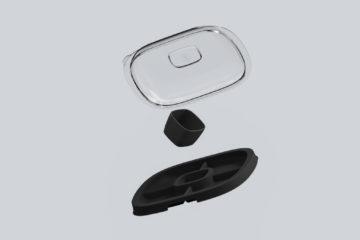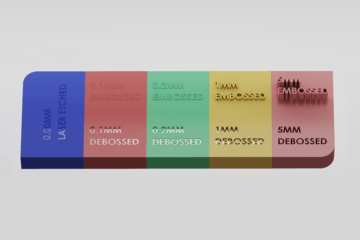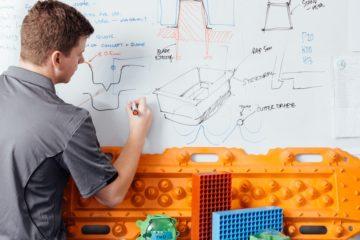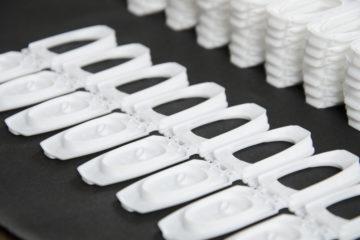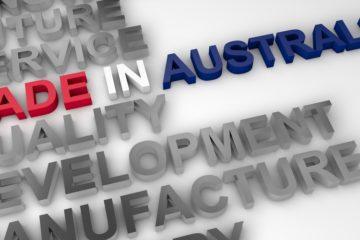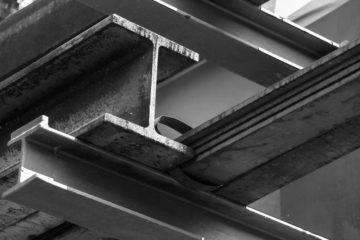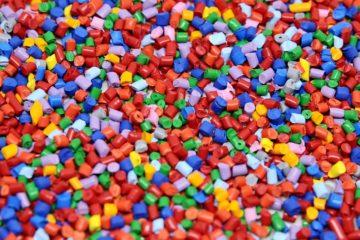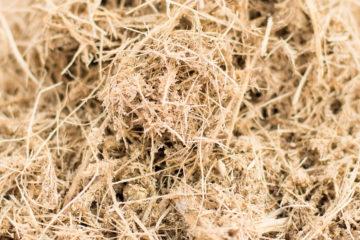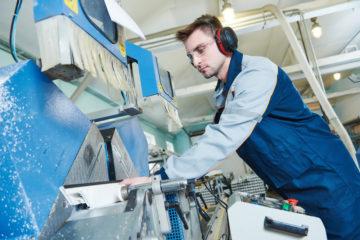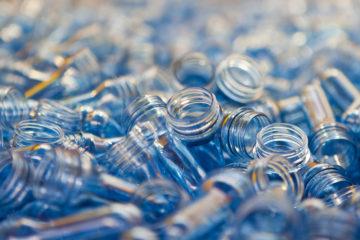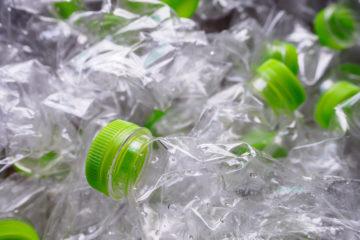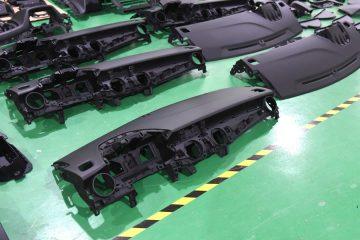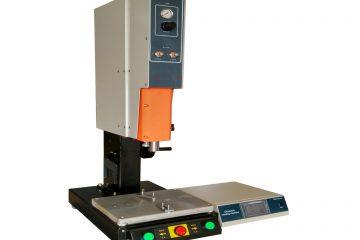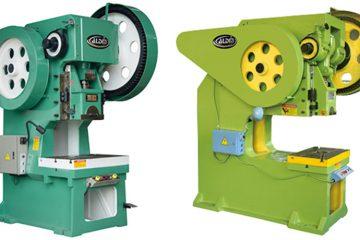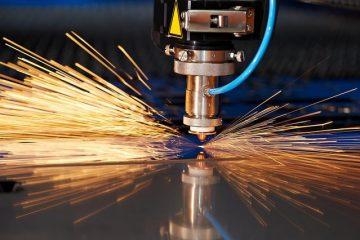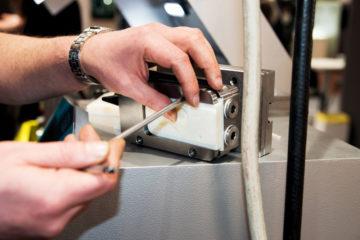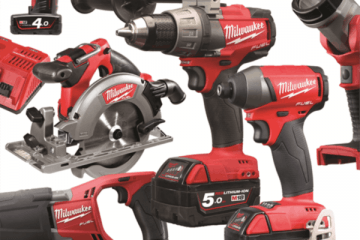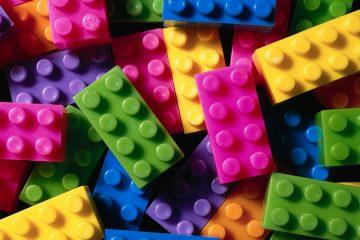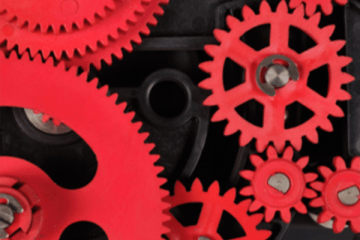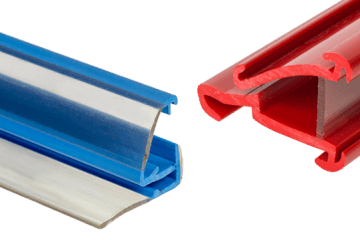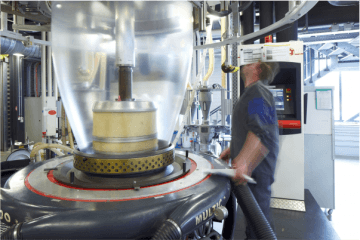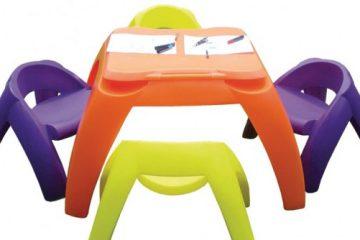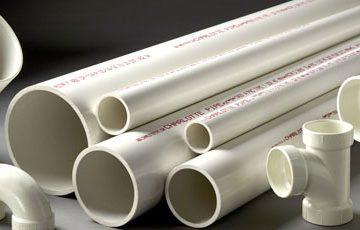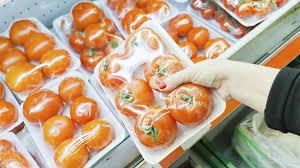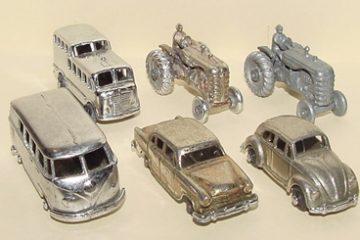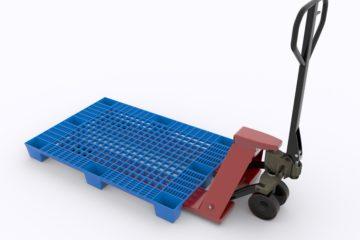
In our explorations of manufacturing techniques we have covered a number of ways to mass produce plastic parts. Today, we will look at one the one I like to think of as the most underappreciated, Blow Moulding.
Blow moulding isn’t as well known as injection moulding, yet it is responsible for a creating fantastic number of products. Every soft drink bottle you have ever seen, every baby bottle your ever used and every cleaning product spray bottle you have ever avoided was blow moulded. What links all these products? They are hollow. And one piece, hollow objects is what blow moulding is all about. And don’t think its just limited to cheap spray bottles. The Ross Lovegrove designed bottle pictured is an excellent example of how pushing the technique can lead to some wonderful shapes.
Basic Process
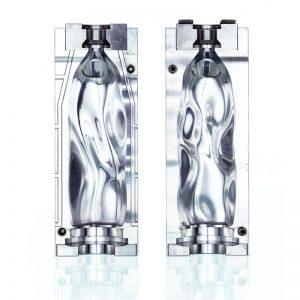
The basic starts with a blank (also known as a Preform, or Parison) of the material the part will be made from. The blank will be a tube that is much narrower than the part intended to be made. This blank is heated, and then a two-part mould closes around the blank. Compressed air is shot in and the blank is inflated like a balloon, pressing it against the inside of the mould and giving it shape. The mould pictured shows the organic detail which will be pressed into the final bottle in the main section of the die. The functional areas, the threaded cap and the bottle base, can be seen as inserts to the main die body.
Blow moulding is the king of thin walled hollow parts with excellent surface finish. This gives it its high visibility in the consumer world.
There are a few limitations of this process you need to be aware of. The pressure with which the blank is pressed into the mould can be quite low, and it decreases as the size of the part being made increases. This means it is difficult to get precise detail like lettering, and blow moulding is not used for large hollow objects like drums.
The most common material is usually High Density Polyethylene (HDPE) but you can also use Polypropylene (PP), Polyethylene (PE), Polyethylene terephthalate (PET), and Polyvinyl chloride (PVC). Other materials can be used, but sticking to these commodity polymers build on one of blow moulding’s greatest strengths. It is a high volume process, which creates parts with a very low very low unit cost.
Subscribe to Our Newsletter
Get the latest news from Dienamics into your inbox







